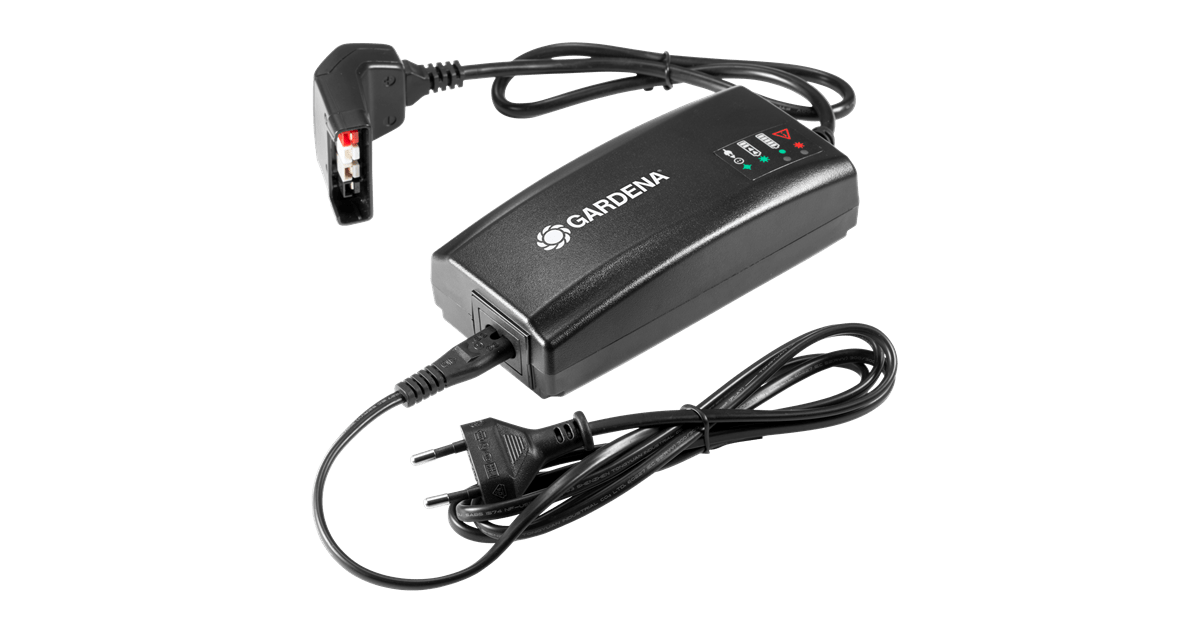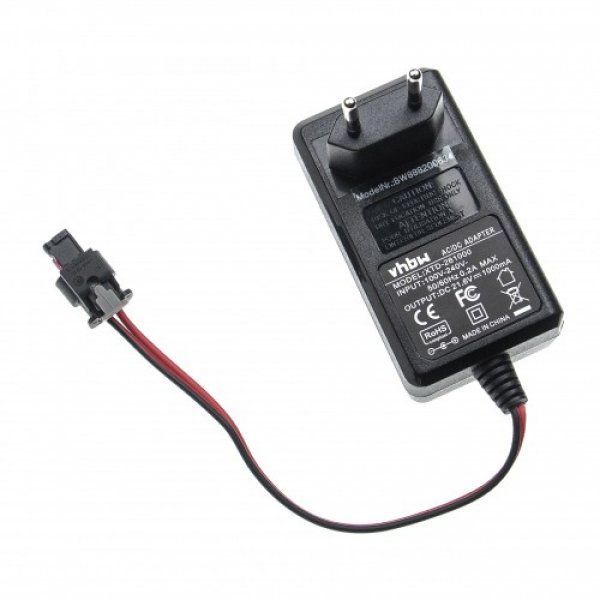
Green Cell Power Tool Battery Charger 21V for Gardena 18V 9839-20 9840-20 BLi-18 ComfortCut Li-18/23 EasyCut Li-18/23 Li-18/20 - Green Cell

Amazon.com: Battery Replacement for Gardena Accu-Spindelmaher 380 Li, Spindelmaher 380 Li Part NO 04025-20, 8838 : Patio, Lawn & Garden

Amazon.com : Gardena 8893-U 3-Inch Cordless Lithium Ion Grass Shears, Comfort Cut : Power Hedge Trimmers : Patio, Lawn & Garden





















